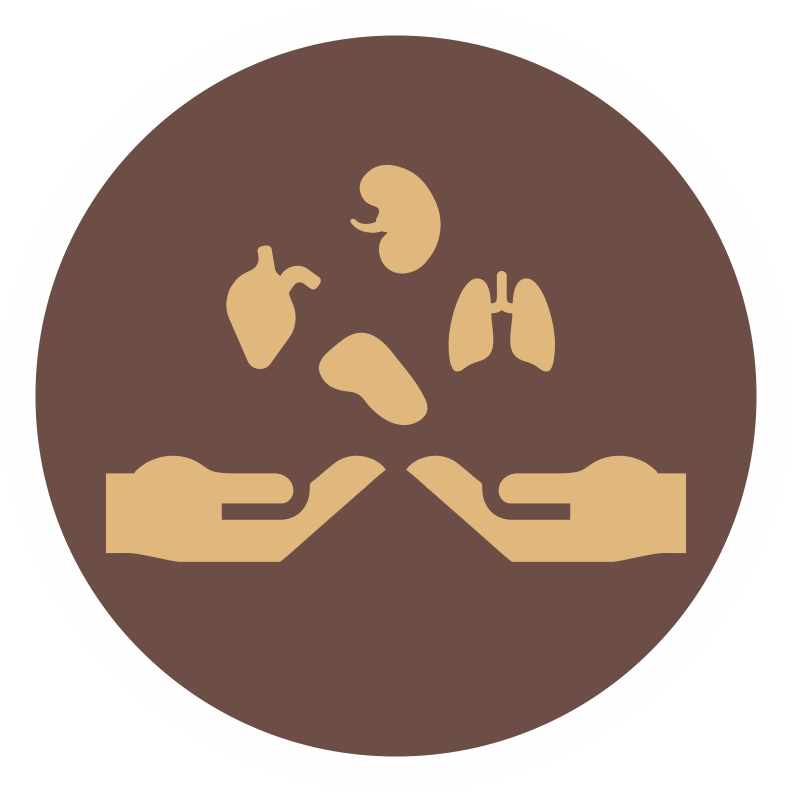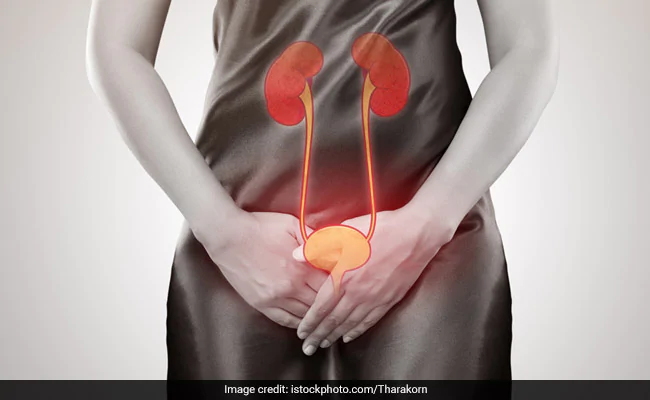- Our Doctors
- Our Specialities
Centres of Excellence
-
 Centre for Blood Diseases, BMT & Cancer Immunotherapy
Centre for Blood Diseases, BMT & Cancer Immunotherapy -
 Centre for Bone, Joint & Spine
Centre for Bone, Joint & Spine -
 Centre for Critical Care Medicine and ECMO Services
Centre for Critical Care Medicine and ECMO Services -
 Centre for Gastrosciences
Centre for Gastrosciences -
 Centre for Heart & Vascular Care
Centre for Heart & Vascular Care -
 Centre for Nephro-Urosciences
Centre for Nephro-Urosciences -
 Centre for Neurosciences
Centre for Neurosciences -
 Centre for Obstetrics and Gynaecology
Centre for Obstetrics and Gynaecology -
 Centre for Organ Transplantation
Centre for Organ Transplantation
Super Speciality
-
 Advanced Diagnostic and Interventional Radiology
Advanced Diagnostic and Interventional Radiology -
 Anesthesiology & Pain Management
Anesthesiology & Pain Management -
 Clinical Nutrition and Dietetics
Clinical Nutrition and Dietetics -
 Dental and Maxillofacial Surgery
Dental and Maxillofacial Surgery -
 Dermatology
Dermatology -
 Emergency and Trauma
Emergency and Trauma -
 Endocrinology and Metabolic Disease
Endocrinology and Metabolic Disease -
 ENT and Head & Neck Surgery
ENT and Head & Neck Surgery -
 Family Medicine
Family Medicine -
 General and Laparoscopic Surgery
General and Laparoscopic Surgery -
 General Medicine
General Medicine -
 GI Onco Surgery
GI Onco Surgery -
 GI Oncology
GI Oncology -
 GI Surgery, Advanced Laparoscopy and Gastro Oncosurgery
GI Surgery, Advanced Laparoscopy and Gastro Oncosurgery
-
- Key Procedures
- Our Hospitals
- International Patient
- Contact us
-
Quick Links
Blogs

Non-Alcoholic Fatty Liver Disease(NAFLD)
A Growing Public Health Problem
It is an umbrella term for a range of liver conditions affecting people, who drink little or no alcohol. As the name implies, the main characteristics of NAFLD is too much fat stored in liver cells. The disorder has a wide spectrum, ranging from symptomatic steatosis to steatohepatitis (potentially serious form marked by liver inflammation, which leads to scarring and irreversible liver damage) fibrosis and cirrhosis.
Recent findings suggest that contrary to current dogma, simple steatosis can progress to non-alcoholic steatohepatitis (NASH) and clinically significant fibrosis. Therefore, the majority of non-alcoholic fatty liver disease patients are at risk of progressive liver disease in the long-term. In western world, now it is the second leading etiology of chronic liver disease among adults awaiting liver transplantation.
What Are the Risk Factors?
Common risk factors are Obesity , Type 2 Diabetes mellitus , Dyslipidaemia , Metabolic syndrome and Polycystic ovarian syndrome. Other conditions like hypothyroidism, hypopituitarism, hypogonadism, etc.
As per recent evidences, non-alcoholic fatty liver disease is now considered as a multisystem disease affecting several extrahepatic organs. i.e., there is increased risk of type 2 diabetes mellitus, cardiovascular, and chronic kidney disease. It is also linked to sleep apnea, adenomatosis, polyps of the colon, colorectal cancer, osteoporosis, PCOD, psoriasis, and various endocrinopathies. So, NAFLD has become a growing public health problem
Discussing About What We Can Do to Prevent the Development or Progression of NAFLD
The single most important aspect is lifestyle modification, which includes diet modification, exercise, and weight loss.
Diet Modification
- Follow a good dietary pattern such as the Mediterranean diet – a plant based diet, which is high antioxidants and anti-inflammatory.
- Consume small amounts of meat especially red meat.
- Avoid highly processed food, which contains added fructose.
- Avoid sweetened beverages.
- Increased consumption of Omega 3 polyunsaturated fatty acids and monounsaturated fatty acids.
- Consume fish two to three times per week especially oily fish such as salmon, sardines, jamfish, tuna, etc.
- Use extra-virgin olive oil as the main added fat especially for dressing salads and
- Consume nuts and seeds as snacks daily.
- Increased consumption of high fiber food.
- Eat vegetables with all main meals, ensuring they compose the majority of the dish.
- Choose the whole grain varieties of breads and cereals.
- Have legumes two to three times per week in place of meat.
- Have fresh fruit daily.
- Limit consumption of highly processed food.
- Avoid food that is highly refined.
- Avoid food that contains large amount of added sugars.
- This may include fast food, commercial bakery goods, and sweets.
Exercise
People with NAFLD engage in less physical activity than their healthy counterparts and higher levels of habitual physical activity. Moderate intensity training, high intensity training, and resistant/aerobic exercise have shown improvement. Therefore, all those with risk factors are advised to increase physical activity.
- One approach is to recommend 30 minutes of moderate exercise 5 times weekly.
- Another approach is to try to increase daily step count to more than 10,000 steps per day.
Weight loss
Ideally, patients should be encouraged to lose more than 10 percent of body weight and maintain the weight loss or bring their waist circumference or BMI into their ethnicity specific normal range.
As WHO and the Governments worldwide are trying to provide universal health coverage for all, which ensures quality healthcare to people when and where they need them without suffering financial hardships, on World Health Day I would suggest all fellow citizens to have a healthy lifestyle, so that we can prevent lifestyle diseases to an extent.
Latest Posts
-
 Awake Craniotomy Jul 12, 2022
Awake Craniotomy Jul 12, 2022 -
 Curing Constipation Jul 12, 2022
Curing Constipation Jul 12, 2022 -
 The ‘Gut Health’ Buzz Jul 12, 2022
The ‘Gut Health’ Buzz Jul 12, 2022 -
 Tips to Prevent UTI Jul 12, 2022
Tips to Prevent UTI Jul 12, 2022
Categories
- Clinical Nutrition and Dietetics
- Endocrinology and Metabolic Disease
- General and Laparoscopic Surgery
- General Medicine
- Physical Medicine and Rehabilitation
- Psychiatry
- Centre for Heart & Vascular Care
- Centre for Bone, Joint & Spine
- Centre for Neurosciences
- Centre for Gastrosciences
- Centre for Nephro-Urosciences
- Centre for Blood Diseases, BMT & Cancer Immunotherapy
- Centre for Obstetrics and Gynaecology

 +91 9393 108 108
+91 9393 108 108

















































